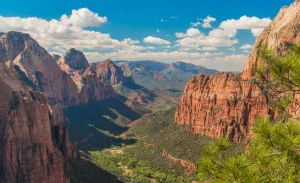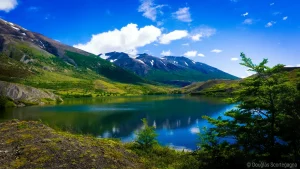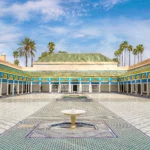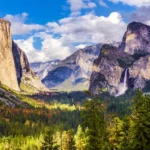An authentic cultural and natural jewel, Easter Island is the emerged summit of an underwater volcanic massif. It is famous for its mysterious moai, monumental statues that turn their backs to the Pacific.
What do these enigmatic colossi represent? How were they moved? What happened to the civilization that built them? These questions continue to fascinate and feed the wildest theories. Today, there is only one certainty: you will experience an extraordinary stay on Easter Island!
Where does the name “Easter Island” come from?
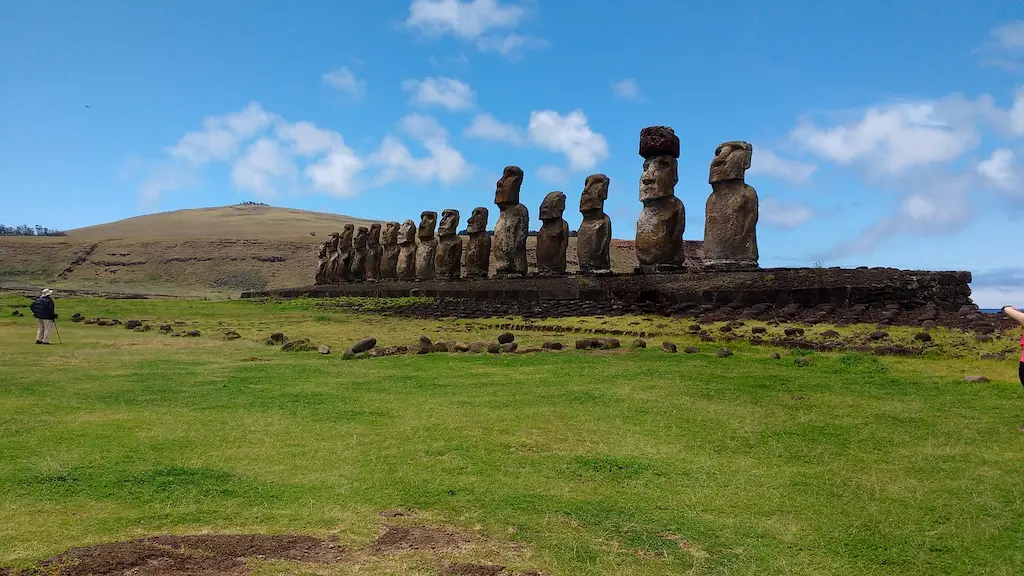
Originally, it was Polynesians who discovered the island in 1200 (although recent scientific discoveries attest to its temporary occupation around 450 BC). Arriving by pirogue, they named it Rapa Nui. Its inhabitants are therefore logically called “the Rapanui’s”.
If today the island is an arid land of 171 km², it once looked like a real little paradise populated by luxuriant fauna and flora. But when the Dutch explorer Jacob Roggeveen set foot on Rapa Nui on April 5, 1722, he was unaware of this history. Since it was Easter, he decided to name it after this Christian holiday, and its inhabitants became known as “Pascuans”.
In 1888, the island was annexed by Chile and its inhabitants officially became Chileans in 1966.
How were the Moais, these stone colossi, built?
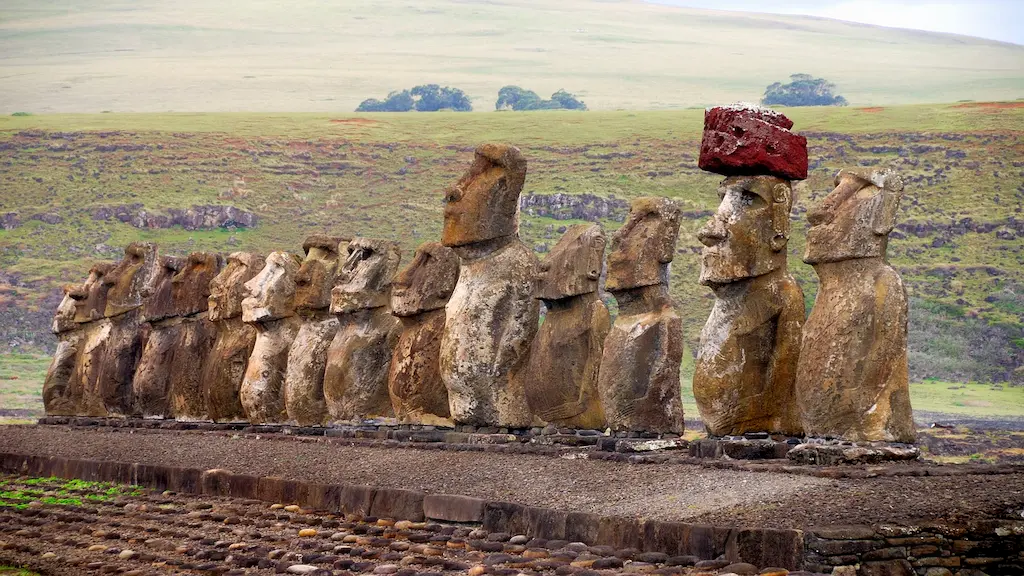
The island was home to up to 10,000 to 15,000 Rapanuis, divided into family clans scattered throughout the valleys. They invented their ideographic writing: the rondorongo.
The statues were intended to protect them from the hostility of the ocean. They were sculpted from the three volcanoes located on the island. To slide them to their final locations, it was long believed that the Rapanui’s used the giant palm trees to make rails and ropes, which would have explained the deforestation of the island. But several recent scientific experiments carried out by researchers (Pavel Pavel in 1982 and Carl Lipo, Terry Hunt, and Sergio Rapu in 2001) have shown that the moais “walked”. Concretely, they moved (thanks to ropes) by waddling, a little like a big refrigerator during a move. This explains why some of them were lying on their stomachs.
Towards the middle of the XIIth century, the civilization of the Rapanui’s disappeared. The deforestation would have been caused by the agriculture on burns but especially by the rats and the climatic hazards. As for the population, it suddenly collapsed after the arrival of the European settlers. The latest research has established that it was the weapons, slavery, and epidemics successively introduced on the island that precipitated the disappearance of the natives.
Today, about 6000 Rapanuis still live on Easter Island.
What to visit on Easter Island?
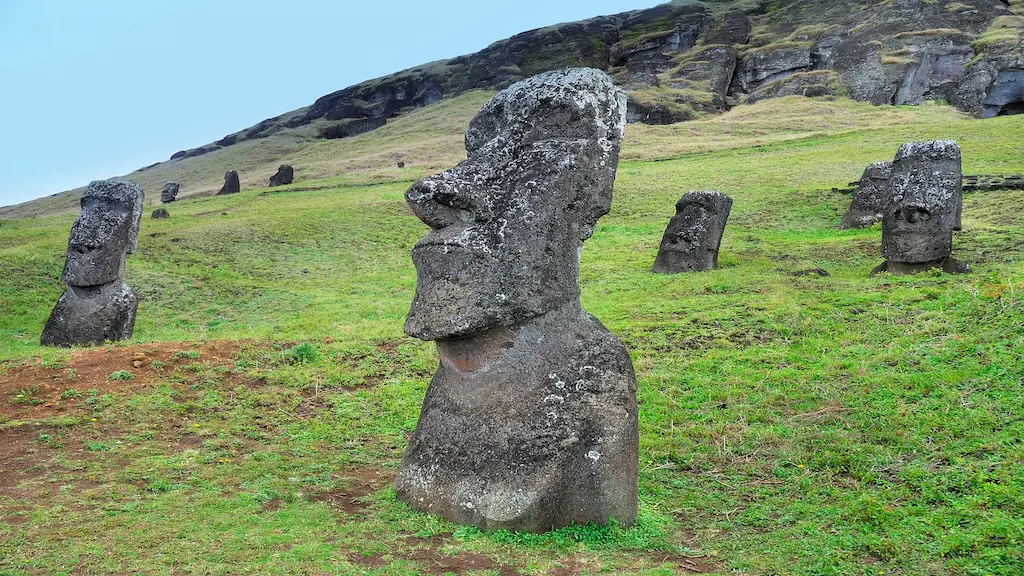
There are about 800 statues on the island, some of which measure up to 22 meters! However, only 164 moai have been erected on stone platforms, the others have remained lying (probably after falling) on the very places where they were extracted.
To get a good idea of the culture of the Rapanui, it is best to spend at least 4 days exploring the island.
Among the sites not to be missed are :
- Ahu Tongariki, one of the most majestic sites of the island with its 15 statues restored in 1995;
- The beach of Anakena where you can swim in temperate waters under the gaze of 7 moaïs;
- The Rano Raraku quarry has held up to 900 statues carved directly on site. There are about 400 today;
- The Ana Te Pahu cave is located on the side of a cliff;
- The crater of the Puna Pau volcano and its famous red rock which was used to carve the hats of some moai;
- The petroglyphs of Ana kai Tangata.
If you have time, take the opportunity to offer yourself an hour or two of diving! The waters are extremely pure… And you may even have the chance to see a moai immersed in the ocean.
The opinion of ready four travel
Don’t miss to visit the site of Orongo, one of the ceremonial villages of the island where you will enjoy an exceptional view directly from the crater of the volcano Rano Kau!
Also Read: The Best 10 Must-Sees of Marseille


